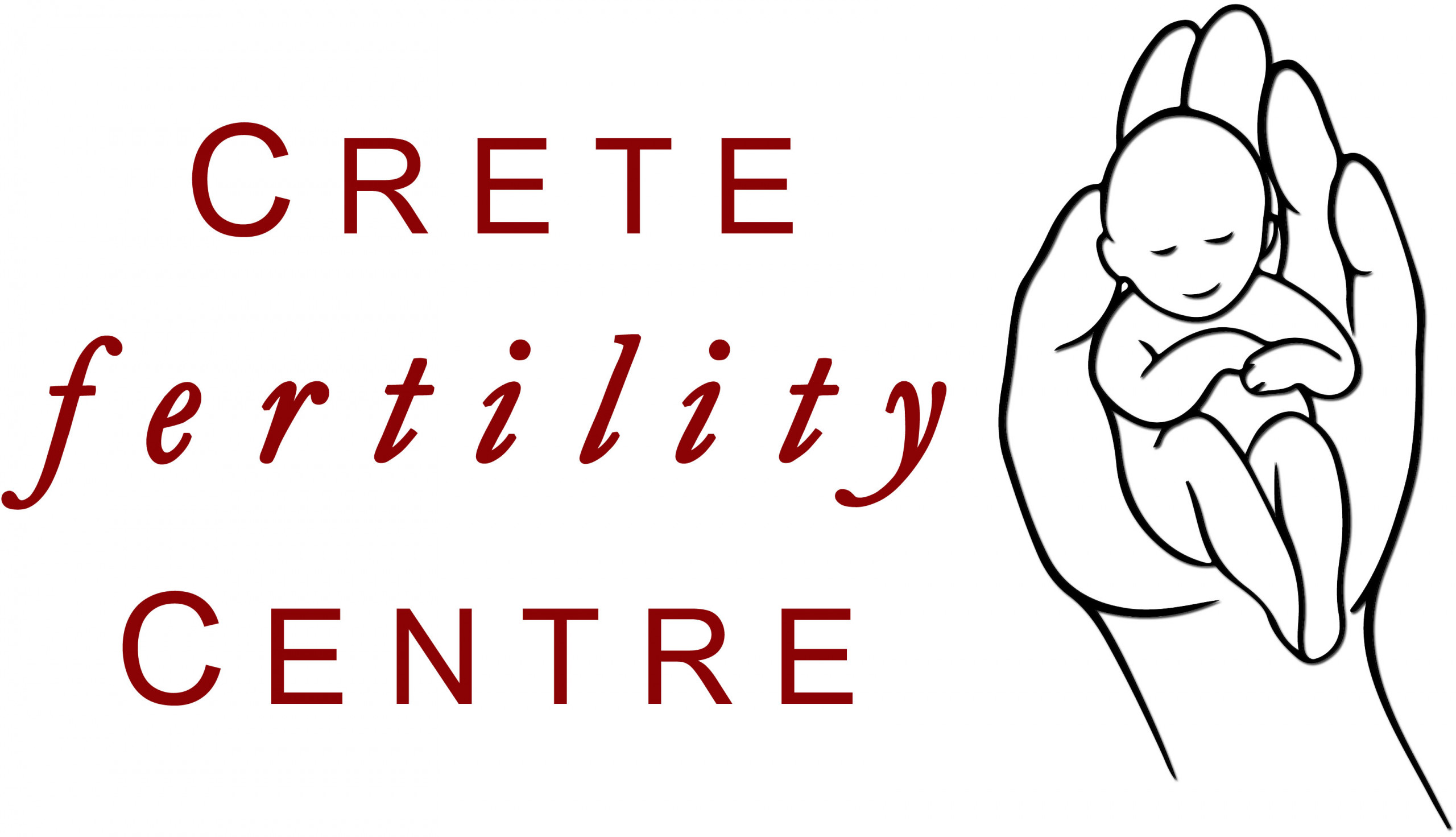Female Infertility Causes
The most common female infertility cause is an ovulation disorder. Other causes of female infertility include blocked fallopian tubes, which can occur when a woman has had pelvic inflammatory disease or endometriosis (a sometimes painful condition causing adhesions and cysts). Congenital anomalies (birth defects) involving the structure of the uterus and uterine fibroids are associated with repeated miscarriages
In females, possible factors implicated include an active sexual life starting at a very young age, an increased number of pregnancy terminations and multiple sexual partners (sexually transfered diseases as chlamydia etc). Most importantly, concern has been expressed about the decision some women have made in postponing having a baby, giving reasons such as education, career advancement and not yet finding the “right” man until late 30’s or even early 40’s.
Ovulation disorders
Ovulation disorders account for infertility in 25 percent of infertile couples. These can be caused by flaws in the regulation of reproductive hormones by the hypothalamus or the pituitary gland, or by problems in the ovary itself. You have an ovulation disorder if you ovulate infrequently or not at all.
Abnormal FSH and LH secretion
The two hormones responsible for stimulating ovulation each month – follicle-stimulating hormone (FSH) and luteinizing hormone (LH) – are produced by the pituitary gland in a specific pattern during the menstrual cycle. Excess physical or emotional stress or a very high or very low body weight can disrupt this pattern and affect ovulation. The main sign of this problem is irregular or absent periods. Much less commonly, specific diseases of the pituitary, usually associated with other hormone deficiencies, may be the cause.
Polycystic ovary syndrome (PCOS)
In PCOS, complex changes occur in the hypothalamus, pituitary and ovary, resulting in overproduction of male hormones (androgens), which affects ovulation. PCOS can also be associated with insulin resistance and obesity.
Luteal phase defect
Luteal phase defect happens when the ovary doesn’t produce enough of the hormone progesterone after ovulation. Progesterone is vital in preparing the uterine lining for a fertilized egg.
Premature ovarian failure
This disorder is usually caused by an autoimmune response, where your body mistakenly attacks ovarian tissues. It results in the loss of the eggs in the ovary, as well as in decreased estrogen production.
Damage to fallopian tubes
When fallopian tubes become damaged or blocked, they keep sperm from getting to the egg or close off the passage of the fertilized egg into the uterus. Causes of fallopian tube damage or blockage can include:
- Inflammation of the fallopian tubes (salpingitis) due to chlamydia or gonorrhea
- Previous ectopic pregnancy, in which a fertilized egg becomes implanted and starts to develop in a fallopian tube instead of in the uterus
- Previous surgery in the abdomen or pelvis
Endometriosis
Endometriosis occurs when tissue that normally grows in the uterus implants and grows in other locations. This extra tissue growth – and the surgical removal of it – can cause scarring, which impairs fertility. Researchers think that the excess tissue may also produce substances that interfere with conception.
Cervical narrowing or blockage
Also called cervical stenosis, this can be caused by an inherited malformation or damage to the cervix. The result is that the cervix can’t produce the best type of mucus for sperm mobility and fertilization. In addition, the cervical opening may be closed, preventing any sperm from reaching the egg.
Uterine causes
Benign polyps or tumors (fibroids or myomas) in the uterus, common in women in their 30s, can impair fertility by blocking the fallopian tubes or by disrupting implantation. However, many women who have fibroids can become pregnant. Scarring within the uterus also can disrupt implantation, and some women born with uterine abnormalities, such as an abnormally shaped (bicornate) uterus, can have problems becoming or remaining pregnant.
Additional Factors
Other variables that may cause infertility in women:
At least 10% of all cases of female infertility are caused by an abnormal uterus. Conditions such as fibroid, polyps, and adenomyosis may lead to obstruction of the uterus and Fallopian tubes.
Congenital abnormalities, such as septate uterus, may lead to recurrent miscarriages or the inability to conceive.
Approximately 3% of couples face infertility due to problems with the females cervical mucus. The mucus needs to be of a certain consistency and available in adequate amounts for sperm to swim easily within it. The most common reason for abnormal cervical mucus is a hormone imbalance, namely too little estrogen or too much progesterone.
Behavioral Factors
It is well-known that certain personal habits and lifestyle factors impact health; many of these same factors may limit a couple’s ability to conceive. Fortunately,however, many of these variables can be regulated to increase not only the chances of conceiving but also one’s overall health.
Diet and Exercise
Optimal reproductive functioning requires both proper diet and appropriate levels of exercise. Women who are significantly overweight or underweight may have difficulty becoming pregnant.
Smoking
Cigarette smoking has been shown to lower sperm counts in men and lower quality of oocytes and increases the risk of miscarriage, premature birth, and low-birth-weight babies for women. Smoking by either partner reduces the chance of conceiving with each cycle, either naturally or by IVF, by one-third.
Alcohol
Alcohol intake greatly increases the risk of birth defects for women and, if in high enough levels in the mother’s blood, may cause Fetal Alcohol Syndrome. Alcohol also affects sperm counts in men.
Drugs
Drugs, such as marijuana and anabolic steroids, may impact sperm counts in men. Cocaine use in pregnant women may cause severe retardations and kidney problems in the baby and is perhaps the worst possible drug to abuse while pregnant. Recreational drug use should be avoided, both when trying to conceive and when pregnant.
Environmental and Occupational Factors
The ability to conceive may be affected by exposure to various toxins or chemicals in the workplace or the surrounding environment. Substances that can cause mutations, birth defects, abortions, infertility or sterility are called reproductive toxins. Disorders of infertility, reproduction, spontaneous abortion, and teratogenesis are among the top ten work-related diseases and injuries in the U.S. today. Despite the fact that considerable controversy exists regarding the impacts of toxins on fertility, four chemicals are now being regulated based on their documented infringements on conception.
Lead
Exposure to lead sources has been proven to negatively impact fertility in humans. Lead can produce teratospermias (abnormal sperm) and is a substance that causes artificial abortion.
Medical Treatments and Materials
Repeated exposure to radiation, ranging from simple x-rays to chemotherapy, has been shown to alter sperm production, as well as contribute to a wide array of ovarian problems.
Ethylene Oxide
A chemical used both in the sterilization of surgical instruments and in the manufacturing of certain pesticides, ethylene oxide may cause birth defects in early pregnancy and has the potential to provoke early miscarriage.
Dibromochloropropane (DBCP)
Handling the chemicals found in pesticides, such as DBCP, can cause ovarian problems, leading to a variety of health conditions, like early menopause, that may directly impact fertility.




